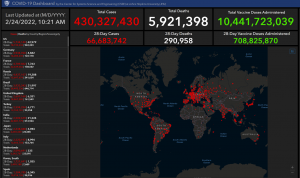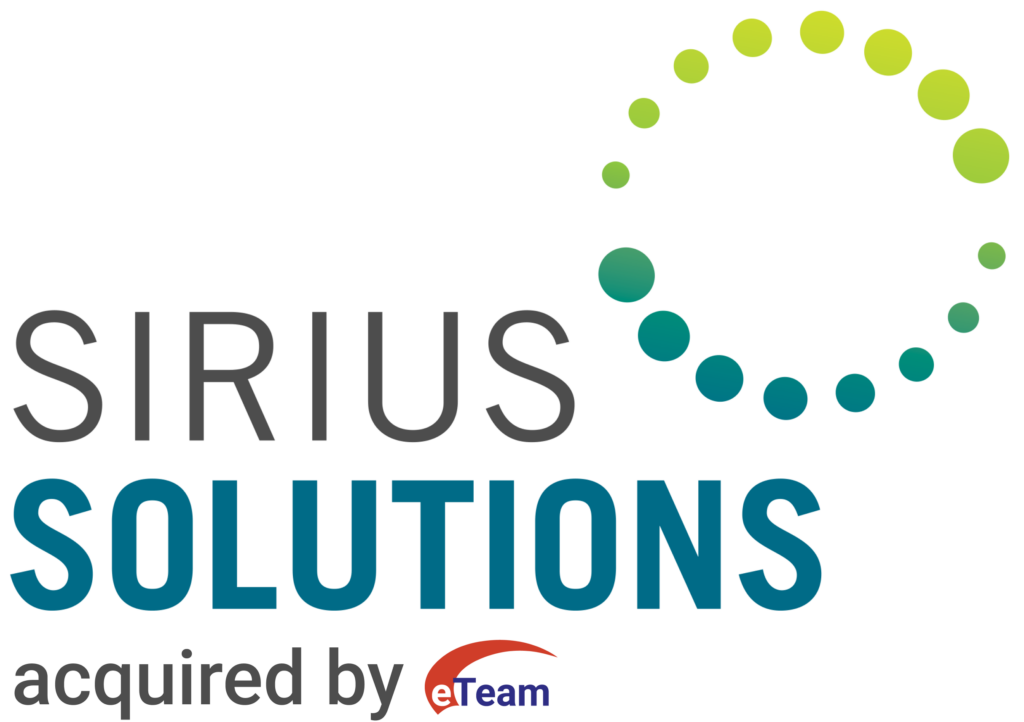The Evolution and Benefits of Dashboards

John Hopkins Coronavirus Research Center – Dashboard Snapshot, February 24, 2022
In Summary
Data is powerful, and how data is consumed, made intelligent, and shared is perhaps as important as the data itself. “Dashboard Intelligently”, which to us means a combination of data visualization, consumption, collaboration, and decision making, will remain our mantra for 2022.
As a testimony to the increased value of data visualization and dashboards, startups and data visualization software providers continue to gain ground. Here is a helpful link for companies trying to find deeper meaning in their data.
Rakhee Das, Chief Strategy Officer – Sirius Solutions
Contact Sirius Solutions at Solutions@Sirsol.com or complete the form below to learn more about our client successes with dashboards and how to get started on the right path with your own dashboard.

